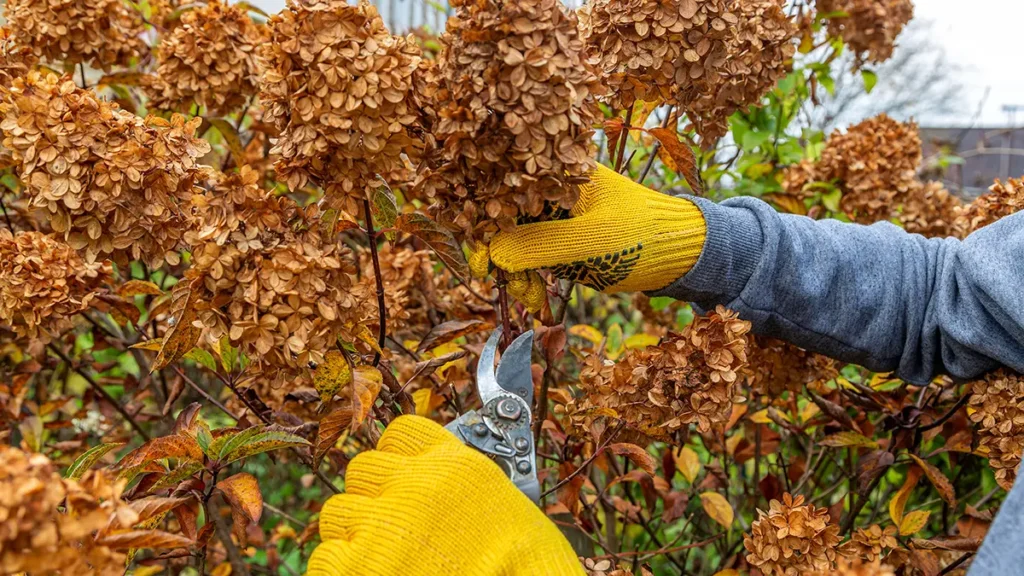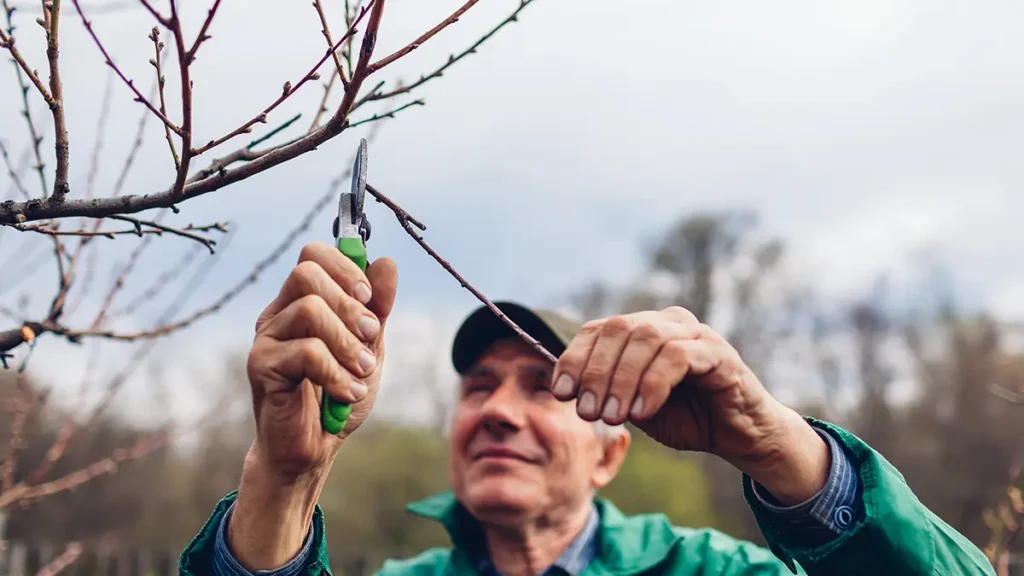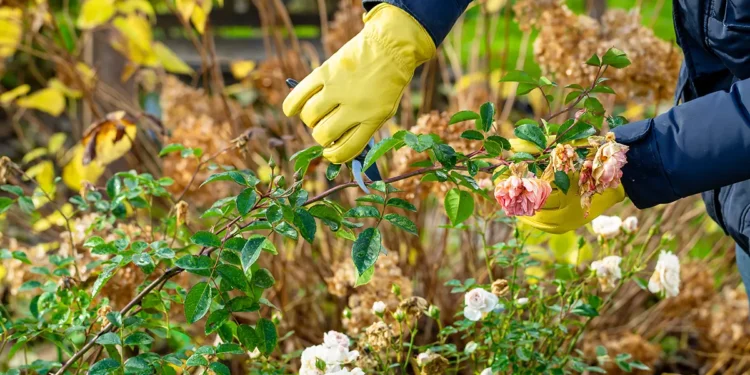A Guide to Autumn Pruning for Your Gardens
Are you one of those garden enthusiasts who believe that autumn is all about winding down and preparing for winter? Think again! Autumn is an essential period for gardening activities, particularly pruning. When done right, it prepares your plants and flowers for a fruitful year ahead. Think of it as giving your garden a trim to grow its hair healthier and more beautiful!
The Science Behind Autumn Pruning
Why prune in the autumn, you might ask? Most plants in the UK wrap up their growth cycle by the end of the season. Pruning now stimulates the growth of young, energetic shoots, boosts plant productivity, and allows better air circulation and sunlight exposure. It’s like letting your plants breathe and soak in the sun before the winter chill sets in.

Apple and Pear Trees Care
As temperatures drop, the trees shed their leaves. This period, right after leaf fall until the end of November, is the golden time for pruning apple and pear trees. It not only shapes the tree but also boosts productivity for the upcoming season. Moreover, it minimises the risk of silver leaf disease.
The Majestic British Rose
Ah, the rose! The quintessential symbol of British gardens. This is the time to prune bush, climbing, and rambling roses. Reducing their height by a third can prevent wind rock – a sneaky phenomenon that loosens the root and undermines plant health. Moreover, pruning can ward off diseases like blackspot and rust.
Buddleia: The Butterfly Bush
Buddleia, affectionately known as the Butterfly Bush, requires special care during the autumn. An autumn clean-up can prevent the stem from decaying, though a rigorous prune might be needed in spring if you prefer a more compact growth.
Hardy Fuchsia and Virginia Creeper
While these shrubs are quite resilient to the UK climate, they’ll thank you for a gentle pruning in the autumn to safeguard them against frost damage. However, the major trimming can be saved for spring, once the frosts are gone.

Hydrangea Maintenance
This garden favourite can be selectively cut back during this period. However, as with many other plants, leave the significant pruning work for spring.
The Aromatic English Lavender
Prune the beloved English Lavender during the cooler months to reduce the chance of ‘woody’ growth. This ensures the emergence of lush, green shoots in spring.
Pruning: The Dos and Don’ts
It’s crucial to see autumn pruning as a gentle trim rather than a severe cut. Eliminate any disease-prone or cross-growing branches that might become troublesome later. Remember, it’s about nurturing and safeguarding your garden for the coming months.
In the world of gardening, every season has its significance. Autumn is not just about watching the leaves turn and preparing for winter. It’s a period to invest in your garden’s future. So, before you hang up your gardening tools, give your plants the care they deserve. Trust me; they’ll reward you with a vibrant display next year!
FAQs
- Is it essential to prune every autumn?
Yes, autumn pruning is crucial as it prepares plants for the coming months and promotes healthier growth in the following season. - How do I know which plants to prune?
Many native plants benefit from autumn pruning. The article details several of these, but it’s always a good idea to consult a local gardening guide or expert. - Can I prune in early winter instead of autumn?
Late autumn is generally the best time, as plants complete their growth cycle. Pruning too late might expose them to harsh winter conditions without adequate preparation. - Is there any risk involved in autumn pruning?
The main risk is over-pruning or pruning at the wrong time. It’s essential to know your plants and their specific needs. - Do all roses need pruning in the autumn?
While bush, climbing, and rambling roses greatly benefit from autumn pruning, it’s advisable to check specifics for each rose variety.










